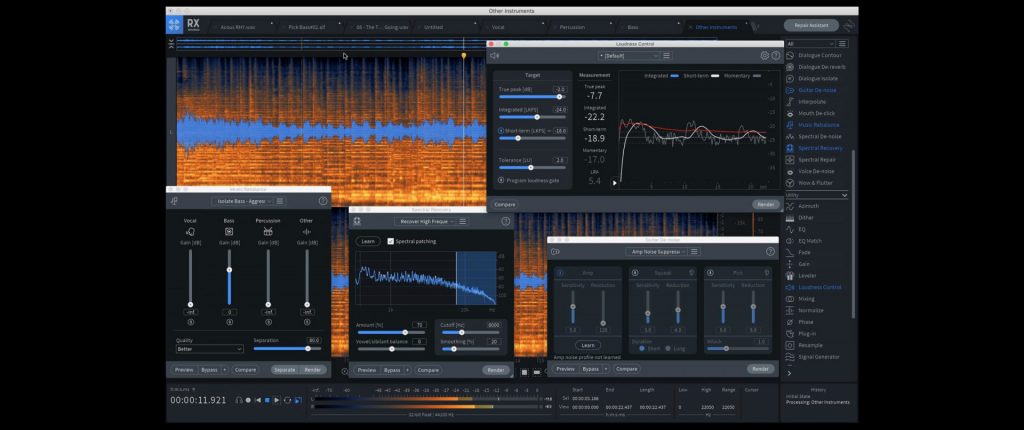Music Production: Mixing with EQ

If you�d ask 100 music producers which tool they use most 99 out of 100 would mention an EQ. Although equalizers (EQ for short) are the most common used tools, they are also the most commonly misused tools. Which can lead to a bad mix and sleepless nights.
With an EQ you can adjust the volume of a frequency of range of frequencies. This way you can remove unwanted or boost wanted frequencies of a sound. You do this by means of a cut or a boost, to eventually produce a balanced sound.
An EQ divides the frequency spectrum in so called bands (ranges of frequencies). From low to high they are:
� Low cut filter (or high pass filter)
� Low shelf filter
� Bell filters (depending on the EQ you either have a fixed number of bell filters, or you aren�t limited to a certain amount)
� High shelf filter
� High cut filter (or low pass filter)
With each filter and band you can manipulate a number of parameters. With �frequency� you determine the area you are affecting. With �gain� you decide how much you are boosting or cutting. The final parameter �Q� or �peak� determines hoe narrow or broad the band of frequencies is you are selecting. A low Q means a broad range, a small Q means that only a small area is affected.
To know how to use an EQ, it is good to know how every frequency are sounds like.
Sub bass (20-60Hz)
Exactly the right amount of sub bass will make your track feel powerful. Too much will make it undefined and muddy.
Bass (60-200Hz)
In this area the most common instruments are kick drums, bas guitars and synth basses. But don�t be mistaken: lots of other instruments are in this area as well Too little bass and your track will sound empty, too much and it will control your mix.
Low mids (200-500Hz)
This area contains most of the power of your chordal and melodic instruments such as piano�s, synths, guitars and vocals. Even more: so much is happening in this area, that this area often needs to be treated with care the most. Too many low mids and your track will sound muddy, too little and your track will lack power and body.
Mids (500-1500Hz)
Too many mid frequencies will give your track a boxy feeling. Not enough and your instruments will lack definition and sound thin.
Upper mids (1500-5000Hz)
Just like the upper mids this is a critical area of your mix. The attack of your guitar or the crack of the snare are often here. Even the �click� of your kick drum is around here. Too much of this area and your mix will sound shrill, even unto the point of being painful.
High end (5 kHz-12 kHz)
Here lies the �brilliance� and sparkle of your track.
�Air� (12 kHz-20 kHz)
Just like the sub bass these frequencies are more felt than heard. This are can add a transparent sheen of high and.
Some final tips:
Keep your low end tidy, but don�t overdo it. If you take away too much your mix will sound hollow or shrill. But just like your low end, you also want to clean up your high end. Not all instruments need high frequencies!
To read more about Music Production and how to improve the process of developing, creating and refining recorded music visit our knowledge base page Music Production Education.
